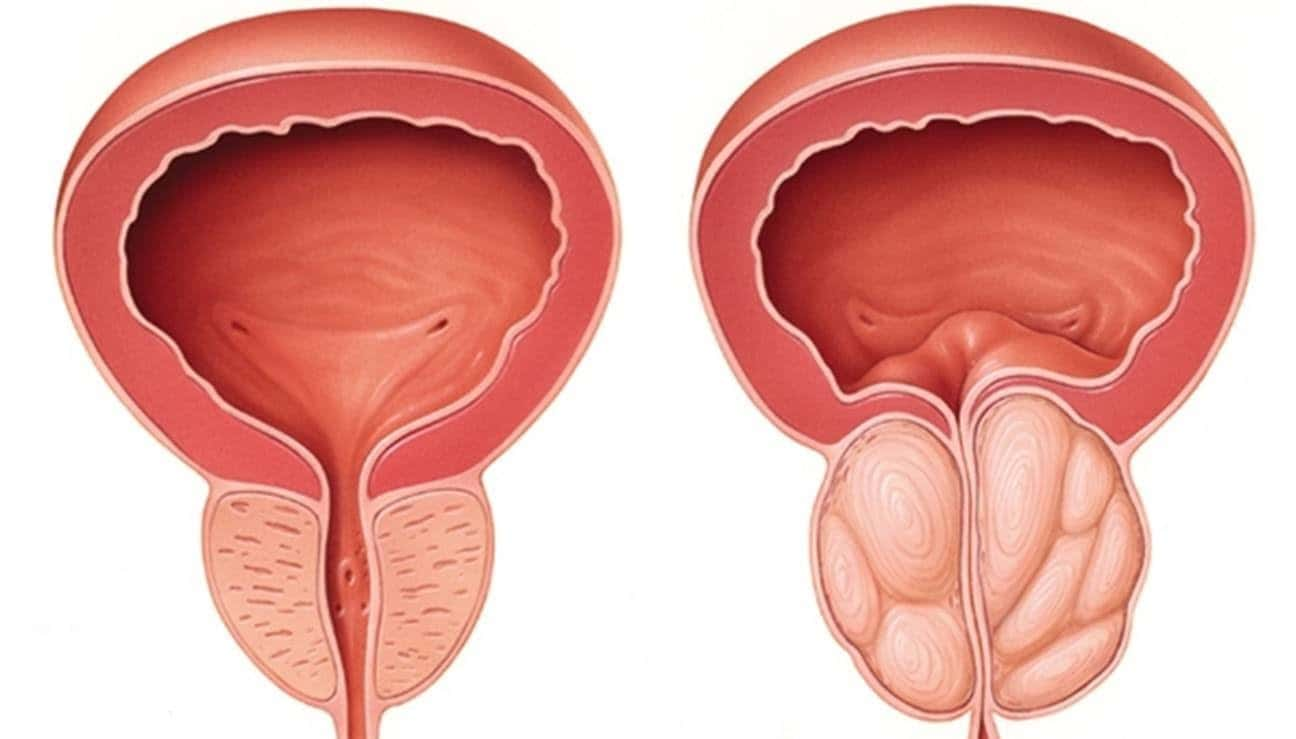
The prostate is a walnut-sized gland located between the bladder and the penis . The gland surrounds the urethra, the duct that serves for the passage of both urine and semen.
It usually starts to enlarge after 40 years of age. The prostate grows larger due to an increase in the number of cells (hyperplasia) reason being unknown. About half of men aged 51-60yrs and up to 90% of men over the age of 80yrs will develop an enlarged prostate. “All men will develop BPH if they live long enough,”
When it grows beyond the normal size, it would start causing lower urinary tract symptoms by obstructing the urinary tract. BPH leads to both a decline in urinary-associated and overall quality of life.
The causes of varicose veins vary from person to person. The major reason for the cause of varicose veins could be due to weak or damaged valves. Some of the causes that can contribute to the risk of developing varicose veins are listed below.

A simple ultrasound examination can differentiate and detect benign prostate hypertrophy.
Once diagnosed, Gold standard treatment for benign prostate hyperplasia is transurethral resection of the prostate (TURP) or open prostatectomy (OP). Recently, there has been increased interest and research in less invasive alternative treatments with less morbidity procedure by name prostate artery embolization (PAE). PAE, is an effective alternative to surgery.
Prostate artery embolization, a minimally invasive treatment. When a man has BPH, his prostate gland grows larger. During PAE, a small puncture is made in the groin and a catheter inserted into the groin. Using image guidance, the catheter is directed to the blood vessels on both sides of the enlarged prostate gland. Microscopic beads are used to block blood flow to specific areas of the prostate, shrinking the gland and alleviating urinary problems. With the help of cone beam CT, successful delivery of micro beads to the target vessels is ensured and the non-target embolization can be avoided. The procedure is performed by a specialist called an Interventional Radiologist.
These patients experienced an 84% cumulative success rate in the first six months, and 76.2% thereafter.
With no cut , no suture ,no scar techniques Interventional Radiology always offers the patient a better alternative to surgery resulting in the same efficacy. Compared to surgery IR procedures requires less hospital stay (maximum just an overnight), results in faster recovery and has less chances of infection. You would be wise enough to choose the best treatment option available.